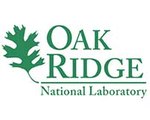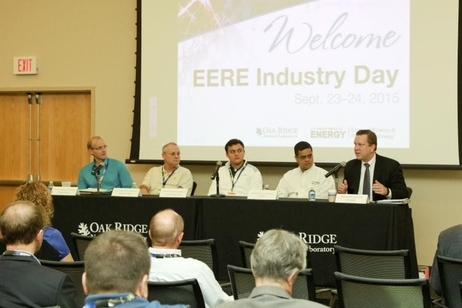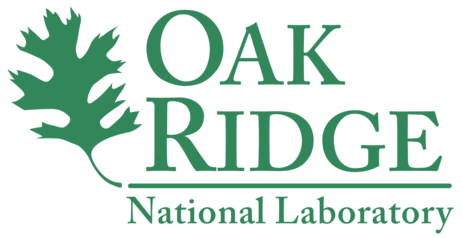Crowdsourcing Campaign Yields Innovative Building Technologies
Published Mar-29-16Breakthrough:
Three novel technologies that can help build a sustainable future by improving the energy efficiency of buildings.
Company:
Oak Ridge National Laboratory, United States
The Story:
 The Problem
The ProblemIt has been estimated that buildings are responsible for more than 40 percent of global energy use. Therefore, making them more energy efficient can be a significant contribution to tackling climate change and reducing pollution.
According to the US Department of Energy (DOE), buildings in the U.S. account for 39% of the country's carbon emissions, 73% of the country’s electricity consumption and 55% of its natural gas consumption. The nation spends $400 billion annually to power its homes, and more than 20% is wasted. That is a lot of energy and money being thrown away.
Crowdsourcing for Solutions
Responding to these critical issues, the DOE's Oak Ridge National Laboratory (ORNL) organized the Buildings Crowdsourcing Community Campaign, an open innovation platform for cutting-edge building technology ideas.
The principal aims were to find novel concepts to improve the energy efficiency of next generation buildings and to bridge the gap between original ideas and the marketplace.
More than 300 people took part, including designers, students and small businesses. Their involvement took several forms, including idea generation and commenting and voting on submissions.
“We’ve reached out for new ideas—not telling, but listening to innovators who can play a pivotal role in R&D of energy-efficient technologies that reduce energy costs for our homes and other buildings,” said Melissa Voss Lapsa, ORNL’s Group Leader for Whole-Building and Community Integration.
Overall, three winners were selected based on user votes and the evaluations of nine independent judges.
The winners were announced at the DOE's Industry Day event at Oak Ridge National Laboratory.
They were:
Rod Stucker, an entrepreneur and owner of RM Enterprises in Idaho for a new approach to installing high performance expanded polystyrene (EPS) foam window frames and insulated glass units at job sites. This method would reduce the risks of improper installation and ensure well-insulated energy-saving windows. According to Rod's PowerPoint presentation to ORNL, his concept could save up to five quads of energy annually in the U.S.
Jim White, senior energy conservation engineer at Chelan County Public Utility District in Washington State for an improved design of variable air volume (VAV) boxes that could yield significant energy changes. VAV is a type of heating, ventilating, and/or air-conditioning system. Jim’s concept combines temperature and CO2 sensors to control minimum airflow settings of individual VAV boxes.
James Rowland, Mark Walter, and Matthew O’Kelly for a prototype they developed at Ohio State University. This is a hybrid air-water conditioner "that exploits synergies between conditioning and dehumidification of indoor air, ventilation, and hot water heating to significantly reduce energy expenditures associated with these processes".
Additional Open Innovation Activity
The Buildings Crowdsourcing Community Campaign was deemed such a success in accessing novel ideas from the crowd that it was quickly followed by another initiative, called JUMP.
According to ORNL's Voss Lapsa this is allowing the lab to directly engage with industry partners and to develop crowdsourcing campaigns to accelerate research into energy efficiency technologies and address industry challenges.
Next Story »


